By Darius Sanai
Editor in Chief
Like art, fine wine and limited-edition watches, classic cars fall into the category of what luxury analysts call “Investments of Passion” – stuff you can enjoy while its value rises. But, leaving aside the question of potential returns, what motivates investors to buy particular assets?
One reason widely cited for the first boom in contemporary art prices, back in the 1980s, was that the new wealthy wanted to show they had earned their money themselves, and not inherited works, or tastes, from their parents.
A generation later, watch guru Jean-Claude Biver cited the same reasoning to me for the taste for contemporary and uber-complicated mechanical watches.
Fashions in fine wine wax and wane: Bordeaux, the materiel du jour just five years ago, is now as out of style as a hipster moustache.
Classic car dealers are fond of telling you that people collect the cars that featured in their bedroom wall posters when they were kids; thus the recent price rises in the likes of Ferrari Testarossas and Lamborghini Countaches, as Thatcher’s children come into serious money.
That’s true up to a point; the advertising creative directors pootling around in 1960s Porsches 911s were surely not born when their cars were.
As to my own Ferrari Testarossa, this was released to the world in a year (1984) when my bedroom posters featured The Clash and the only redhead I was interested in went to the girl’s school next to mine.
Still, one has to abide by cliché, and having acquired three fantastic Ferraris, it was time to target the dream car from earlier in my boyhood. The Porsche 911 Turbo seemed wonderfully glamorous to a small kid in drab 1979 London: a much-faster version of a car that was then a sports car for aficionados, not the daily transport it has now become.
911 Turbos have been made since 1973, and the challenge for anyone wanting to acquire an old, or rather, classic, one, is the slow discovery they are either very expensive, or slightly rubbish, or both. In my search earlier this year I sat inside numerous slightly musty 30-year-old cars, wondering what I was missing. The test drives were no better: old 911 Turbos had no performance at all til the boost arrived, and then what in 1983 was a warp-speed thump, is, in 2015, the acceleration of a fruitily-driven post-nightclub diesel cab which has been chipped. And for a price tag approaching six figures. Hmm.
So, logic led me to a much newer Porsche 911 Turbo which I knew was brilliant, because I had reviewed it when it came out, and was also, by the perverse logic of the classic car market, much cheaper. If you imagine the value curve of classic cars over time describing a V-shape, the 996 model range of the 911, produced between 1998 and 2004, is currently near the bottom of the V.
The “996” model was tainted as a whole by the fact that it was the first 911 with a water-cooled (as opposed to air-cooled) engine, an engine which moreover, proved quite fragile.
But a growing clique of aficionados recently started noting publicly that the engine in the 996 Turbo was unrelated to that in its lesser siblings, and was both hugely reliable and had a racing pedigree. Known as the “Mezger” engine after its original designer, Hans Mezger, it was derived from a design for a Porsche Le Mans car, and is starting to become something of a motoring legend.
So – a brilliant Porsche 911 Turbo, at the bottom of its depreciation curve, with a Le Mans engine. A slam dunk.
The next challenge: finding a good one. Unlike Ferraris, Porsches tend to get driven, so Pistonheads was full of ads for cars with 80,000 miles, or “low mileage” ones with 50,000 miles. “Miles are important” was a mantra taught me by one of my car gurus (a man who has made more out of his car collection than most of us will make in several lifetimes). Low mileage on a Ferrari means less than 10,000 miles; on a Porsche, I decided, it means less than 20,000. And it had to be a manual, not a semi-automatic: I am convinced that as manuals are phased out, they will become ever more desirable.
One day my eye was caught by a very striking newly-advertised car in Basalt Black, with only 17,000 miles, and a host of rather nice factory extras including a carbon-fibre driver zone and Porsche “ruffled leather” seats. It was being sold at a price higher than any other 996 Turbo, by JZM, a renowned specialist in Hertfordshire.
A quick sortie, inspection and drive indicated this was the car. It felt quasi-new, had a full wallet of Official Porsche history, and had plainly lived a pampered life in a garage – even the headlights showed no sign of cloudiness, a hazard of cars living outside. There was a little wriggle room on the price, and Russ Rosenthal, director of JZM, agreed to throw in various bits to make the car absolutely sublime.
One sunny Saturday morning I took the train up to King’s Langley – less glamorous than Barcelona and Rome, where I had bought my previous two Ferraris, but pleasant nonetheless – signed bits of paperwork in JZM’s pristine showroom, and was presented with a very shiny black 2004 Porsche 911 Turbo.
I have driven every recent incarnation of the 911 Turbo extensively, and going back to this model was both a shock and a revelation. What seemed at the time (just over a decade ago) to be an ultra-modern, slick 911 now seems pleasingly old-fashioned. Push it around a fast corner with a bump in the middle, and you are suddenly aware, despite the four-wheel drive, of being in a car for so long known as a ‘widowmaker’ due to its rear-engine exerting extreme centrifugal forces (and spinning the car around).
It’s fast, too – scarily fast at full throttle, full boost acceleration – and unlike the latest models, you can actually feel the road through the steering. It’s an exciting car but with comforts like heated seats, air conditioning and even sat nav.
With perfect timing, 996 Turbo prices have started to rise since I bought mine. I went back to Russ, told him I was writing this for LUX, and asked him for his thoughts. He, in turn, told me that the interest in high-end modern classic Porsches has been a boon for companies like his – they are building new showroom to double the size of their facility – as people invest more money into the best cars. (It’s an old, and true, adage that it’s worth buying the best you can find.)
“There’s a realization that with the latest incarnation of the 911, there’s something that’s basically missing with the more recent cars. There’s a rawness from the 996 Turbo, and as the cars have gotten newer they’ve lost that edge a little bit, they’ve become a little bit softer, a little more refined, they’re not quite as raw and personally, when I jump in a nice manual 996 Turbo now, it just feels edgy and it’s something that’s lost on the later cars. I think there’s a realization, people are starting to understand that.
It applies to the Turbos but also to 911s across the board – with the latest incarnation, there is no low speed fun. I think there’s less feedback, there’s less feeling.”
Couldn’t have put it better myself. Russ says I could already sell my car for 20% more than I bought it; but with both newer and older 911 Turbos costing more, and offering less joy, I am hanging on to it. The 11-year-old me would be delighted.

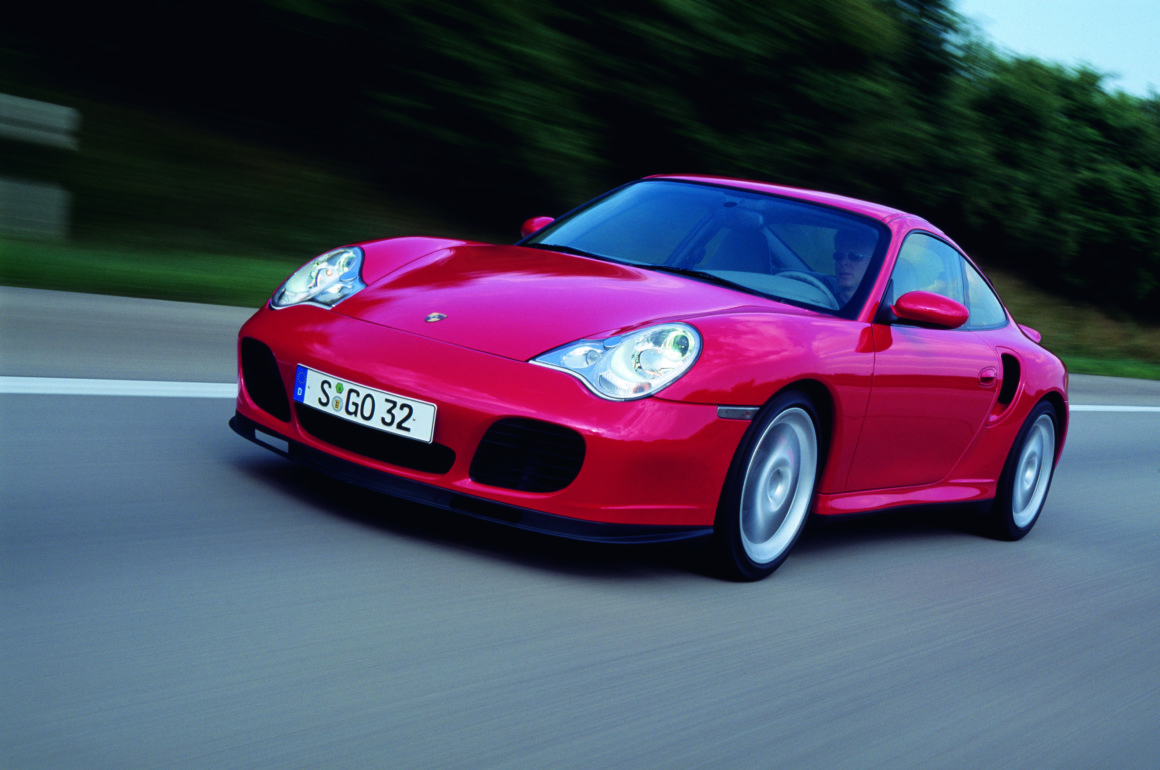

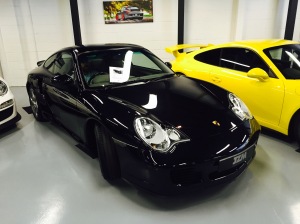
![FullSizeRender[1]](https://luxmagkop.files.wordpress.com/2015/11/fullsizerender1.jpg?w=300)
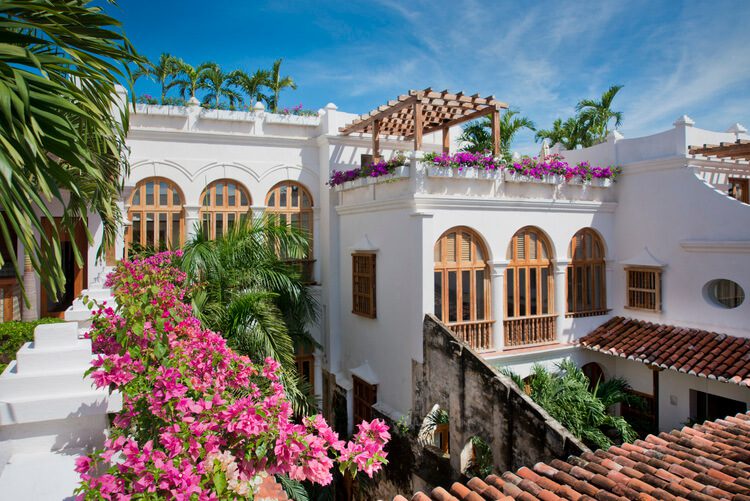


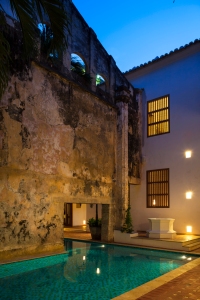
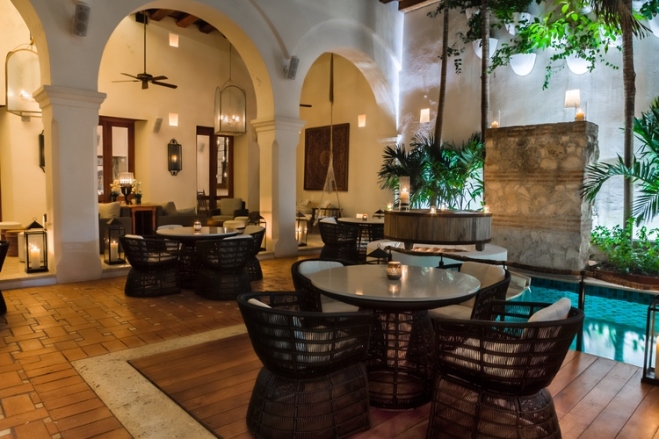





Recent Comments